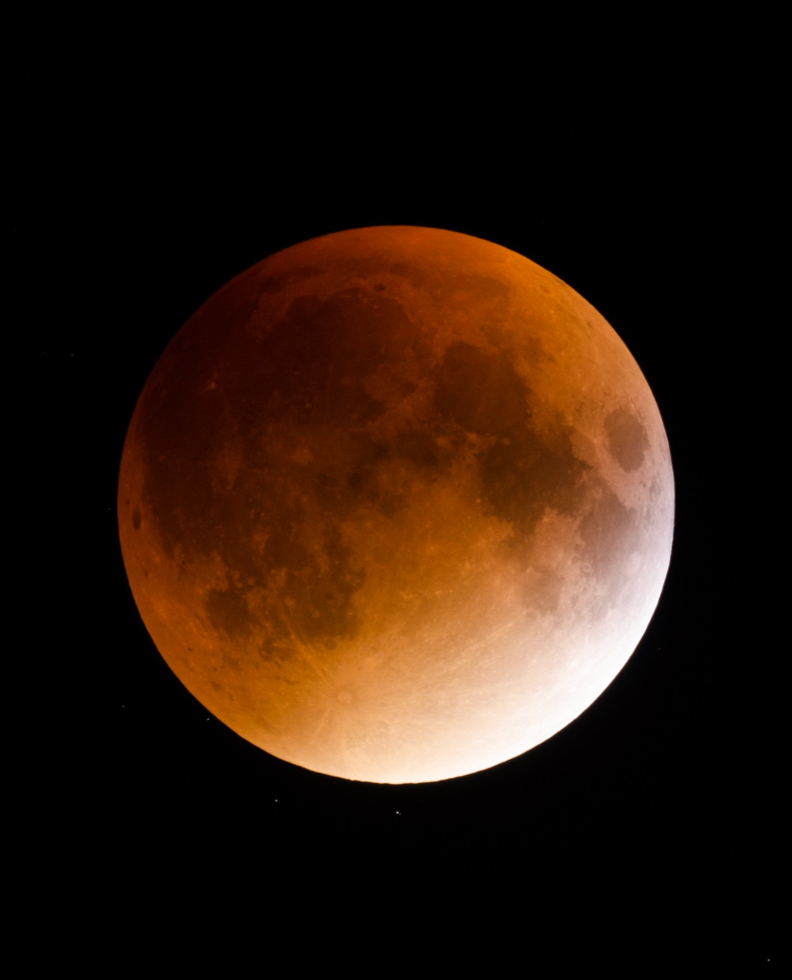

In the darkness of the night
Lunar eclipses occur at night, when the Moon is on the opposite side of the Earth from the Sun, and it passes through the Earth’s shadow.
Although this means that lunar eclipses always happen during a full moon, not all full moons produce an eclipse. Why? Because the Moon’s orbit around the Earth does not perfectly match the Earth’s orbit around the Sun. As a result, these three celestial bodies only sometimes enter perfect alignment. During most full moons, the Moon’s orbit passes just above or just below the Earth’s shadow. Sometimes, the Earth’s shadow only covers part of the Moon, causing a partial lunar eclipse.


VISIBILITY
Lunar eclipses are easier to watch because each one is visible to most people on the night side of the Earth. Also, there are no dangers associated with viewing an eclipse of the Moon.






A NOT-SO-DARK SHADOW
During a lunar eclipse, the Earth’s natural satellite passes through the planet’s shadow.
The Moon, which will be in its full phase, begins by entering the Earth’s penumbra (the lighter, outer part of its shadow). At this stage, the intensity of moonlight is slightly reduced, although the difference can be hard to detect with the naked eye. A little later, the Moon begins to gradually “disappear” as it passes through the Earth’s full shadow, called the umbra. Once the Moon is completely covered by the umbra, the total phase of the eclipse begins. It can last anywhere between a few minutes and an hour and a half.
You might think that there would be no trace of the Moon at this stage. However, it remains dimly lit, appearing red with brown or copper hues. This glow is due to the light of the Sun being deflected and filtered by the Earth’s atmosphere. In fact, what you’re seeing is the combined light of all the planet’s sunrises and sunsets! At the same moment, as seen from the Moon, the Earth would appear to be surrounded by red. Eventually, the Moon emerges on the other side of the Earth’s umbra. Once it finishes passing through the penumbra, you’ll once again see a “normal” full moon.
It is interesting to note that the Earth’s shadow is always circular, regardless of the planet’s position relative to the Sun. In ancient times, some scholars took this as evidence that the Earth is a sphere!




